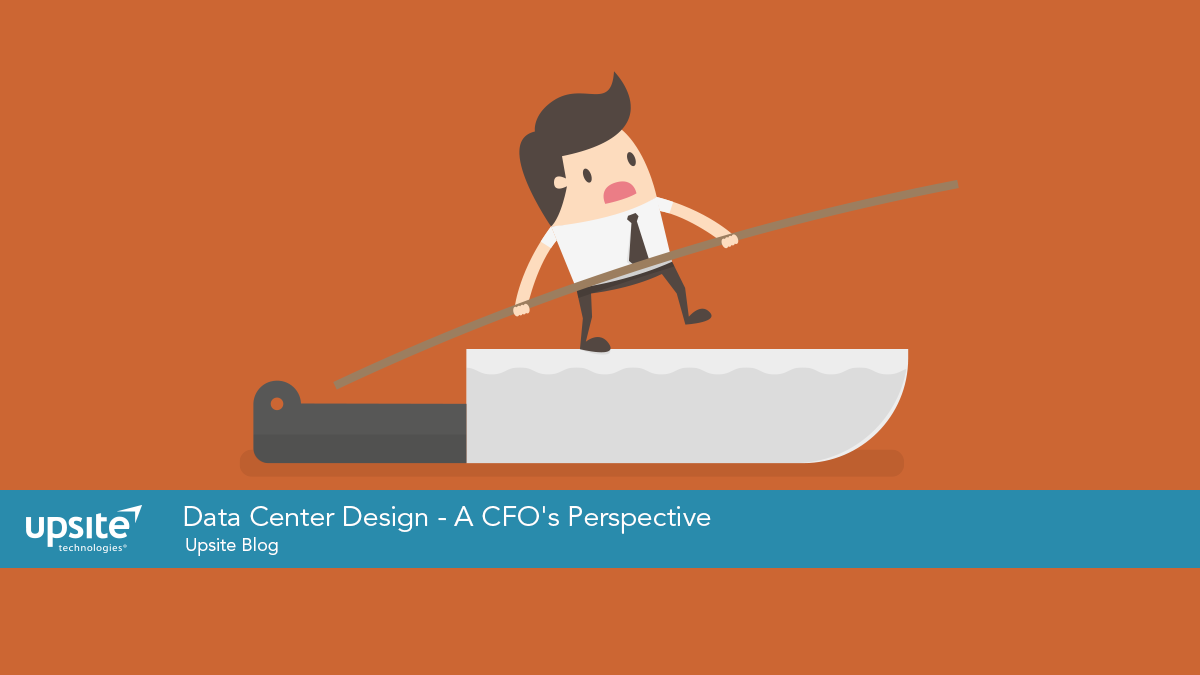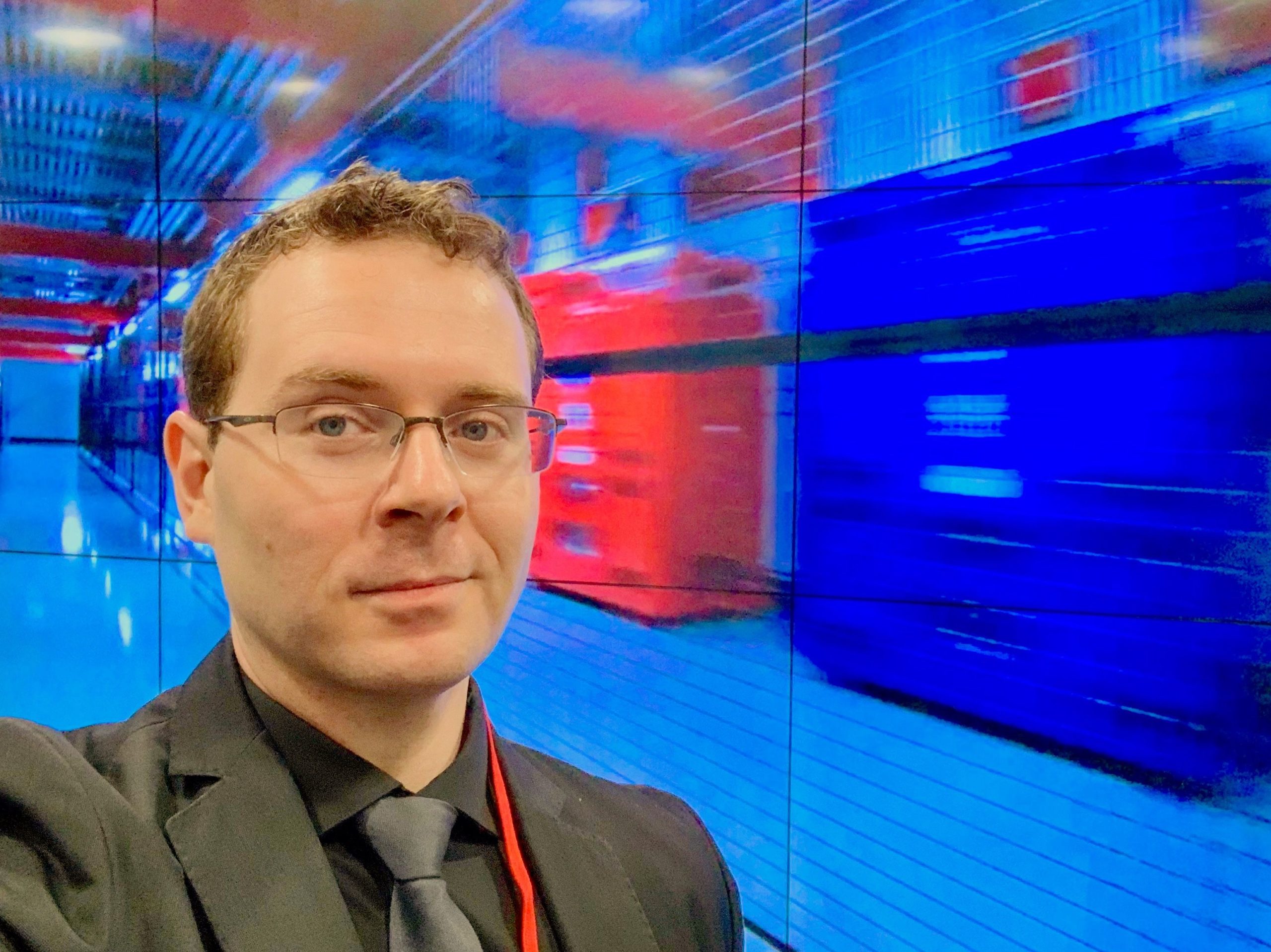Data Center Design – A CFO’s Perspective10 min read

There’s a direct link between business and technology capabilities. Thus, your ability to compete in a digitally enabled world revolves around the skills of your data center design. IT leaders have long understood that their platforms are the lifeblood of the business. Over the past few years, as technology intertwines with the enterprise, business leaders have learned this as well. Not surprisingly, Information Technology is now at the top of the CFOs agenda. According to Gartner, 26 percent of IT investments require the direct authorization of the CFO and 42 percent of IT organizations now report to the CFO.
Here’s the reality for the CFO: Modern data center solutions and cloud offers enterprises, governments, and various organizations across all verticals and industries the freedom to manage their business, and not just their IT assets. The new paradigm around data center solutions revolves around instant access to the best, most innovative business technology solutions that would be paid for by usage, just like a utility.
When considering a data center design, it is imperative to not only build around the best kinds of technologies; it is also essential that you approach from a business perspective.
A well-executed cloud and data center strategy can yield significant and long-lasting business benefits, including:
- Leveraging OPEX Cost Models: The transformation to metered (pay-as-you-go) rather than upfront costs has the potential to offer increased budget flexibility through the management of variable costs. Flexibility and accountability can be particularly valuable in periods of economic uncertainty or reduced profitability. In working with data center partners or designs – it is important to leverage this model from a business perspective. Imagine being able to monitor your cooling, power, and airflow requirements and scaling them based on consumption of the infrastructure. Consumption-based data center models have these types of capabilities built into their structures.
- Infrastructure and Business Agility: Sudden or rapid changes in capacity needs and resource usage can be extremely challenging to fulfill. This lack of agility can mean the difference between competitive differentiation and market success. From a CFO’s perspective, your technology should not just be “the best.” Preferably it should provide real value back to the data center and the business, this is the only way you enable both data center as well as business agility. For example, some use-cases require you deploy specific types of workloads within your data center. Do you retrofit a part of your infrastructure to support this use-case? Alternatively, do you use things like modular containment solutions to isolate that part of the data center and avoid costly construction? Depending on your use-case, there are compelling technologies that allow you to keep the integrity and operation of the data center optimal; while still supporting advanced use cases.
- Instant Access to Innovation: Technology innovation happens daily. No sooner has the latest and greatest solution been deployed than a newer, better answer emerges. It is not practical or fiscally responsible to continually acquire and implement the most original and “best” solution. The tipping point between extracting value from a technology investment and holding on to it too long is a fine one. All too often CFO’s must live with the consequences of misjudgments that leave them funding massive maintenance costs associated with legacy systems, which is why you need to leverage data center design options that are truly flexible to both IT and the business. From a CFO’s perspective, parts of your data center will need to support long-lasting business use-cases. The “best” product today might not support the long-term initiative. So, plan wisely.
Power, cooling capacity, physical footprint, and facility amenities are essential to your data center selection and the solutions you put within. However, today’s organizations must look even further. “Consumerization” and the digital revolution have forced data center managers and business leaders to look at the speed, reliability, and efficiency of a data center as a strategic consideration.
Designing a data center has indeed taken on a new form. Leaders in the IT and business world will select partners and design data center solutions from the perspective of IT and the organization. Answering questions like:
- How do these technologies tie in with the rest of my infrastructure – like virtualization and cloud?
- Will this data center model support our growing business, help control costs, and allow us to be agiler?
- Are these technologies capable of adapting to new use-cases without having to be replaced?
- How does this data center design help create a competitive advantage?
In the future, successful data center designs will unify IT and business priorities. These architectures will take into consideration everything from cloud to cooling and power requirements. The big piece of advice here is to always look at your data center designs through the lens of the business. Similarly, involve business leaders in the design process so they can see where IT impacts their world. From there, you help create an architecture meeting both IT and business needs.

Bill Kleyman
Industry Analyst | Board Advisory Member | Writer/Blogger/Speaker | Contributing Editor | Executive | Millennial
Bill Kleyman is an award-winning data center, cloud, and digital infrastructure leader. He was ranked globally by an Onalytica Study as one of the leading executives in cloud computing and data security. He has spent more than 15 years specializing in the cybersecurity, virtualization, cloud, and data center industry. As an award-winning technologist, his most recent efforts with the Infrastructure Masons were recognized when he received the 2020 IM100 Award and the 2021 iMasons Education Champion Award for his work with numerous HBCUs and for helping diversify the digital infrastructure talent pool.
As an industry analyst, speaker, and author, Bill helps the digital infrastructure teams develop new ways to impact data center design, cloud architecture, security models (both physical and software), and how to work with new and emerging technologies.
Airflow Management Awareness Month
Free Informative webinars every Tuesday in June.







0 Comments